
by California Casualty | Educators |
It’s no secret that being a teacher makes it harder for you to relax. Your mind is always on the classroom. Even when you have time to yourself after school or on the weekends you are stuck with grading, lesson planning, extracurriculars, supply shopping, etc. Teaching takes 110% of your energy, 100% of the time.
Even if you love teaching more than anything in the entire world, you will get burnt out fast if you don’t put school aside and take some time for yourself.
This winter break you need to put all thoughts of the classroom aside and make yourself a priority.
Here are some easy ways teachers can relax and reflect this winter break:
Find Quiet Time
Whether you have an extra 5 minutes when you get up in the morning or a free hour in the middle of the day, find the time to be alone and just breathe. Mediate, sip coffee, write your thoughts in a journal, read, or just close your eyes and relax.
Stretch
It’s common knowledge that physical activity does wonders for the mind and body, but if weights and cardio aren’t your thing- we don’t blame you- find a simple activity that is, like stretching. Everyone can stretch no matter what age or fitness level. Use a few minutes when you get up in the morning to stretch out your muscles and release the tension, this will help your blood flow and your body will feel ready to take on the day.
Laugh
Watch a movie, see a comedy show, call a friend, etc. Being without your kiddos and your teacher friends for a week or two may make you start to feel a little down in the dumps, but laughter is the best medicine for the winter blues. Find opportunities to laugh each day.
Set Goals
If you are stressed about the rest of the school year and you just can’t seem to get it off your mind, take some time to write down a few goals for yourself and your classroom before the end of the school year. You don’t need to solve every problem this very second, but these goals should be stepping stones to help you solve them. If you would rather not think about school, then write a few personal goals and where you would like to be in 2020. Once they are written, don’t dwell on them, there is nothing you can do until the beginning of the year. You have a game plan, so let it be until January.
Most Importantly: Do Something That Makes You Happy
If there is one thing that you do this winter break, be sure it’s something that makes you happy. Walk your dog, bake Christmas candy, watch Elf 20 times in a row, paint, do yoga, visit friends and family, anything that puts a smile on your face. Be selfish about taking time to do these things, as a teacher your time is never really your own, so use this break to do things that you want to do, even if that means cancelling other plans.
Taking care of your self will be beneficial for both you and your students when you all come back in January. If you get the proper rest and relaxation over break, you are guaranteed to come back happier and less stressed, and that will make you a more effective teacher in the classroom.
Now, we just have to get to winter break….. But don’t worry the countdown is on! How many days do you have left in the year?
Related Articles:
5 Ways to Help Students Set Their Own Classroom Goals
Simple Ways Educators Can Ease Back Into School
Making Morning Meetings a Part of Your School Day
8 Easy Classroom Behavior Management Tools and Apps
This article is furnished by California Casualty, providing auto and home insurance to educators, law enforcement officers, firefighters, and nurses. Get a quote at 1.866.704.8614 or www.calcas.com.

by California Casualty | Educators |
Having a good parent-teacher relationship is vital for helping the year go smoothly, especially in the middle of the school year. Here are eight things teachers wish you knew and would tell parents if they could, but usually don’t.
- Attending meetings and conferences helps both of us.
There could be new policies and procedures to explain, or just a chance to talk about what a teacher is seeing in the classroom compared to the child at home. If you miss out you might miss important information, or what sort of homework/schedule to expect.
- If your kid is having a bad morning or week, let me know.
You don’t have to go into detail, but it can make it much easier if your child’s teacher knows your little one might be feeling a little bit off.
- I can tell when your child isn’t getting enough sleep.
Educators are noticing that kids just don’t have bedtimes like they used to. Letting your child stay up too late watching TV or playing on the computer can have an effect on their learning and on the classroom.
- I buy school supplies with my own money for a reason.
Yes, it’s a sad truth; many schools just don’t provide teachers with the budgets or supplies they need for their classrooms. Take care not to lose that sturdy folder (filled with helpful memos) that the teacher sends home with your kid every day. Also, if he or she asks you to chip in for supplies, do what you can.
- If you have young children, don’t trust them to tell you everything that happens at school.
Check their backpacks for homework assignments, permission slips or notes home. Take advantage of parent-teacher conferences to get some undivided time with the teacher.
- When your child gets older, it doesn’t mean you can start being less involved.
In high school and middle school, you might be tempted to ease off the gas when it comes to checking in on what your child does at school. But teachers report that setting a positive example, and taking interest in your kid’s education, is still critical in the later years.
- I work on the weekends.
If you still believe that teaching is a part-time job, educators would like to remind you that they regularly put in extra-long days and catch-up on classroom prep on the weekend. teachers wish you knew
- You can ask me anything.
If there’s one thing teachers want from their students’ parents, it’s more communication. Teachers view education as a collaborative process between them and the parent. So, if you have a question or concern, definitely speak up! The clearer you are with each other, the easier and more productive the year will be.
Like every career today, educating children is ever-evolving. You can find all kinds of great classroom resources and tips at our blog, https://mycalcas.com/category/auto-insurance-for-teachers/ or at https://mycalcas.com/category/teachers/.
This article is furnished by California Casualty, providing auto and home insurance to educators, law enforcement officers, firefighters, and nurses. Get a quote at 1.866.704.8614 or www.calcas.com.

by California Casualty | Educators |
Thanksgiving is upon us, and that means it’s time to switch up our lesson plans! Don’t stress out trying to find the perfect fun-yet-educational activity to do with your class this holiday, incorporating Thanksgiving into many of your classes such as Reading, Writing, Math, or Art will be easy with these fun lessons and printables.
Here are 15 Thanksgiving Classroom Activities Teachers can incorporate into their lesson plans.
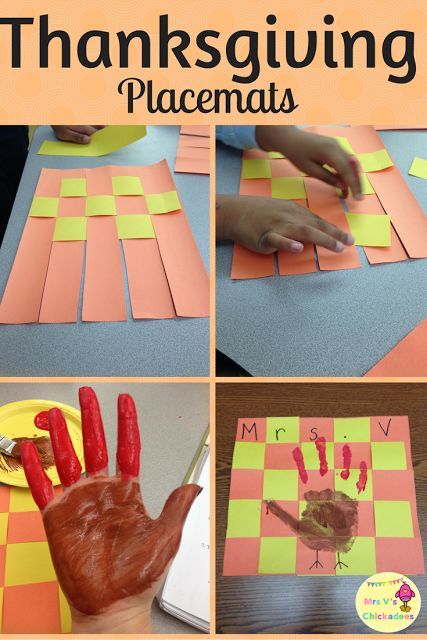


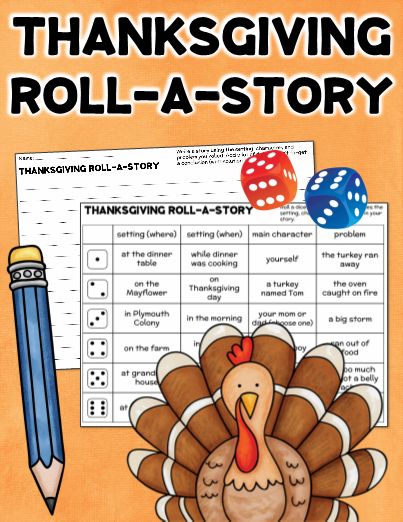


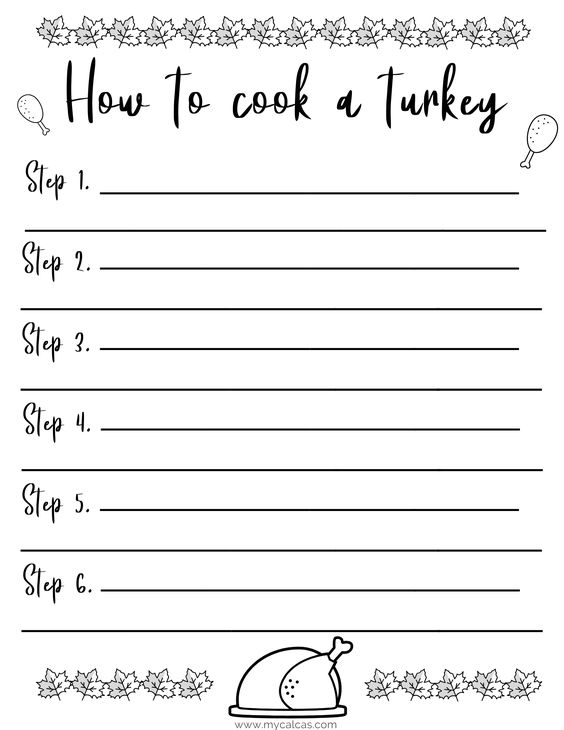


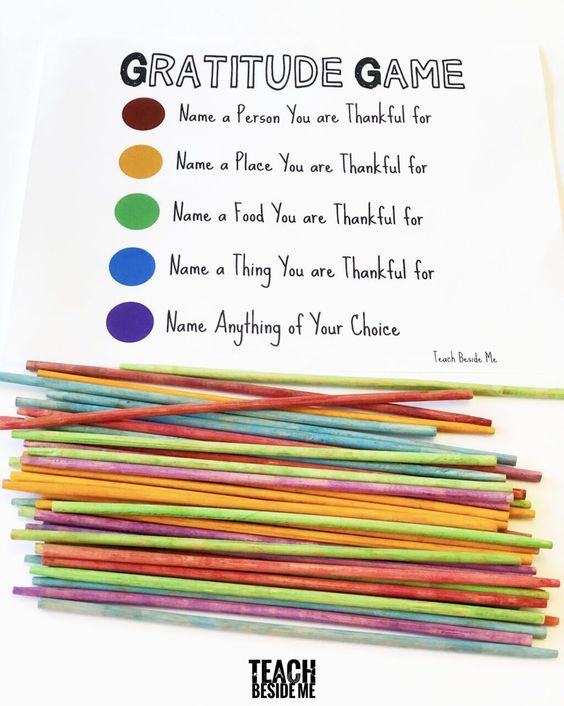

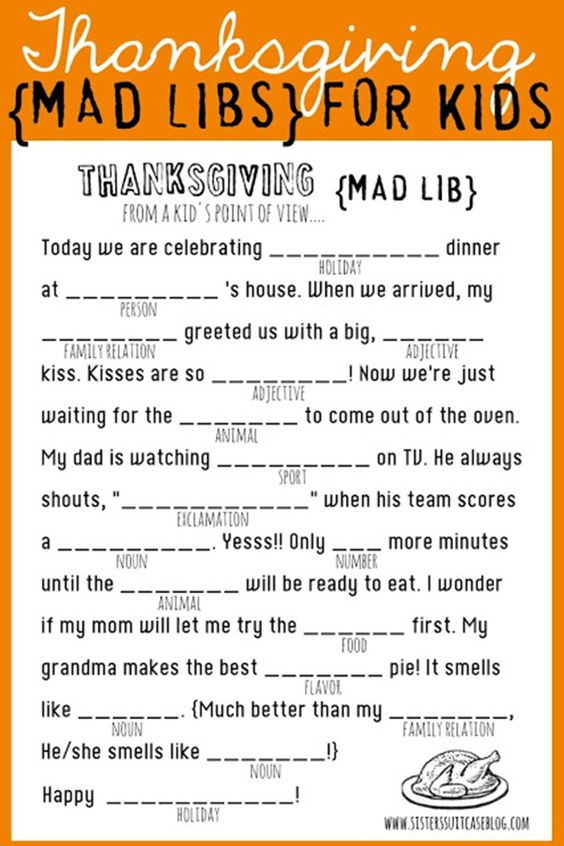


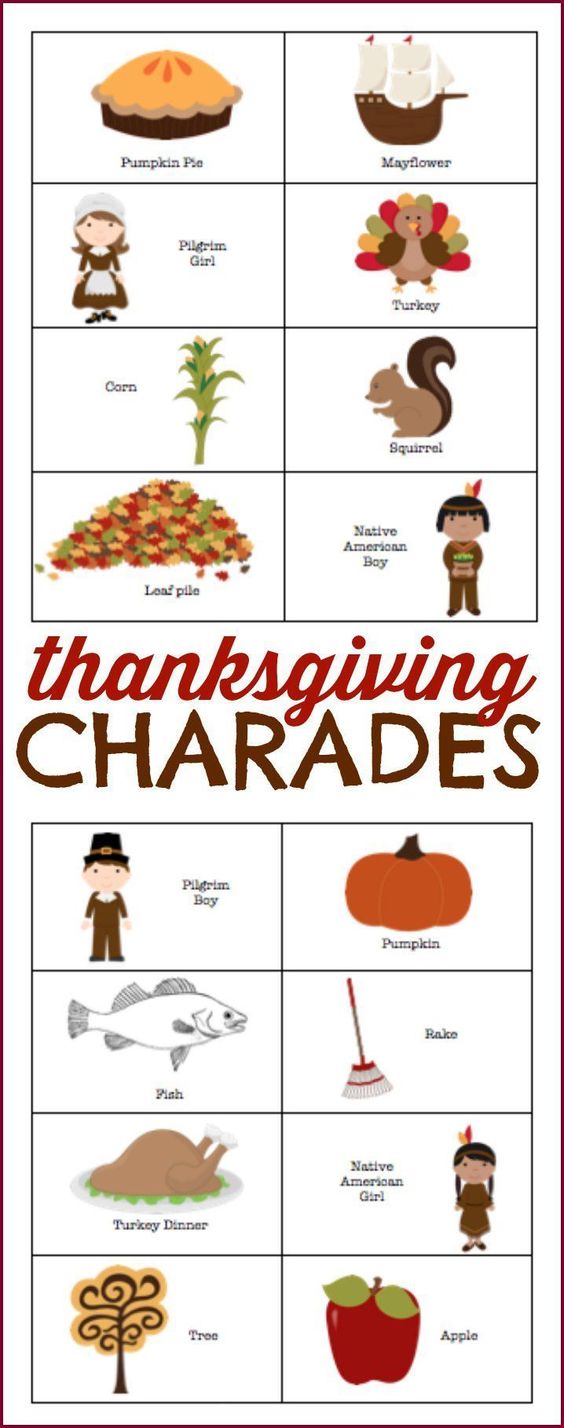
Check out our Pinterest board “Thanksgiving Classroom Activities” for more fun holiday ideas! While you’re there, don’t forget to give us a follow at California Casualty to stay up to date on every new Thanksgiving classroom game and activity we discover! Scan our Pincode with your Pinterest camera to follow:

This article is furnished by California Casualty, providing auto and home insurance to educators, law enforcement officers, firefighters, and nurses. California Casualty does not own any of the photos in this post, all are sourced to their original owners. Get a quote at 1.866.704.8614 or www.calcas.com.

by California Casualty | Auto Insurance Info, Educators |
Most of us would never drive after drinking or pull our phone out and scroll through social media while behind the wheel, but if you’ve ever been jolted awake as your car hit the rumble strip on the side of the road or you fell asleep at a stoplight, you were engaged in as dangerous a situation as driving while impaired or distracted. It’s important that all of us understand the implications of drowsy driving as we observe Drowsy Driving Prevention Week in November.
Drowsy driving is now listed as one of the National Highway Traffic Safety Administration’s top public safety dangers behind the wheel along with drugged, drunken and distracted driving. The National Sleep Foundation has concluded that anyone who has slept less than two hours in a 24 hour period is too sleep-deprived to operate a vehicle.
Here’s why; drowsy driving is estimated to cause the following each year:
• 328,000 crashes in the U.S.
• 6,400 highway deaths
• $109 billion in costs, not counting property damage
Here are some other startling statistics:
• More than half of drowsy driving crashes involve drivers age 25 and younger
• Driving 18 hours without sleep is equal to .05 blood alcohol impairment
• As many as one-third of drivers admitted that they have fallen asleep while driving
If you’ve battled to keep awake behind the wheel, you know how dangerous it can be; much like drunk drivers, overtired drivers have proven to have:
• Slower reaction times
• Impaired judgment
• Increased risk of risk-taking
• More frequent blinking/eye closure
• Deficits in cognitive performance
• Memory impairment
• Attention failure
Safety groups and the National Sleep Foundation urge you to pull over, stop and rest if you notice any of these warning signs:
• Difficulty focusing
• Frequent eye blinking
• Daydreaming
• Trouble recalling the last few miles or moments
• Repeated yawning or rubbing your eyes
• Trouble keeping your head up
• Driving across lanes or hitting a shoulder rumble strip
And, if you are a teacher, you are not immune. In addition to the risks associated with drowsy driving, being sleep deprived could also be affecting your performance in the classroom. A Ball State University study found nearly a fourth of teachers said their classroom skills were significantly diminished and half admitted to missing work or making errors do to a serious lack of sleep. About 43 percent slept an average of six hours a night and 64 percent said they felt drowsy during the school day. Exacerbating the problem is that so many school personnel spend late nights grading papers and preparing lesson plans. The study also found that almost half of the respondents worked a second job to make ends meet.
Lack of sleep can lead to serious health issues. Those who get only six hours or less per night were more likely to have a depletion of performance with an increased risk of heart attack, stroke, diabetes, depression, and obesity.
So what can you do to get more sleep? Experts say good sleep hygiene is essential:
• Try to get eight hours of sleep each night
• Avoid napping during the day
• Stop using stimulants such as caffeine, nicotine, and alcohol close to bedtime
• Stay away from heavy meals close to bedtime
• Get vigorous exercise during the day and try relaxing rituals such as yoga before bedtime
• Keep the bedroom for sleep; remove the TV
• Create a good sleep environment: eliminate excess noise and light and the temperature neither too hot or cold
Remember, getting a good night’s sleep and finding more time to relax can lead to a better classroom experience for you and your students, as well as reduce your risk of driving drowsy.
For more information visit:
https://bit.ly/2CyFr7K
https://bit.ly/2O1KRx9
https://bit.ly/32xAxCd
https://bit.ly/2NCKDxy
https://bit.ly/2q3OL0t
This article is furnished by California Casualty, providing auto and home insurance to educators, law enforcement officers, firefighters, and nurses. Get a quote at 1.866.704.8614 or www.calcas.com.

by California Casualty | Educators |
Online writing tools can engage and assist students in the writing process. These 5 free, interactive websites will help students brainstorm, organize, write, edit, and revise. And the best part? They’re all free to use! interactive writing websites
Interactive Writing Websites
Engage your students in online literacy learning with these interactive tools that help them accomplish a variety of goals—from organizing their thoughts to learning about language—all while having fun.
Quill provides free writing and grammar activities for elementary, middle, and high school students.
Grammarly corrects hundreds of grammar, punctuation, and spelling mistakes. This is while also catching contextual errors, improving your vocabulary, and suggesting style improvements. Come for the best-in-class grammar checking, stay for the added polish that will keep your text clear, mistake-free, and effective.
At BoomWriter, the mission is to immerse students, teachers, parents and administrators in an interactive learning experience, both in and beyond the classroom. Students develop their creative writing skills and understanding of literary elements. They can apply, share, and assess vocabulary knowledge in a fun and interactive way. Plus, they have the ability to demonstrate their nonfiction writing skills in information and explanatory, argument/opinion, scientific, or narrative focused projects.
Look up words to find their meanings and associations with other words and concepts. Produce diagrams reminiscent of a neural net. Additionally, learn how words associate.
Just For Fun
Play Online! Create poems and share them with your friends!
Check out these fun writing games for kids. Enjoy a range of free activities, resources and practice exercises related to writing letters, stories, newspapers, debates, advertising and instructions. The games are perfect for challenging students who enjoy interactive learning online. Find a topic that suits you and improve your English by completing as many of the educational challenges as you can.
Our Education Blogger is a public school teacher with over a decade of experience. She’s an active NEA member and enjoys writing about her experiences in the classroom.
This article is furnished by California Casualty, providing auto and home insurance to educators, law enforcement officers, firefighters and nurses. Get a quote at 1.866.704.8614 or www.calcas.com.

by California Casualty | Educators |
Our Education Blogger is a public school teacher with over a decade of experience. She’s an active NEA member and enjoys writing about her experiences in the classroom.
If you’re like me, you’ve never really had a structured morning meeting as part of your school day. I simply didn’t have the time. However, over the years, I’ve found that I can squeeze in time during other parts of the day. After incorporating our “afternoon” meeting into our schedule, I saw amazing, positive changes begin to happen in my students. Not only did we get a chance to learn more about one another, but we built stronger relationships, practiced empathy skills, and even had some laughs.
What Is A Morning Meeting?
A time, usually 20-30 minutes, set aside each morning for teacher(s) and students to connect. If you can’t meet in the morning, find another time that works for your classroom schedule. Most often, students and teachers sit in a circle.
Why Should My Classroom Have Morning Meetings?
Morning meetings are an ideal time to:
- Check-In with students
- Build a classroom community
- Allow students to practice academic and social skills
What Does A Classroom Meeting Look Like?
Using the Responsive Classroom model, morning meetings contain four components:
- Greeting: students and teacher say hello to one another by name. You might require pairs of students to shake hands and say “Good Morning __________.” You could even try it in another language!
- Share and Listen: in an organized fashion, students share about themselves or important events happening in their lives while the other students listen, ask questions, or offer advice. I used this time to read from my “Compliments & Complaints” box.
- Activity: prepare a short group activity that requires teamwork and allows students to practice a skill (acting out a skit, playing a game, solving a puzzle, etc.)
- Message and Announcements: write a message with daily announcements on the board for the day, have students read it and respond to it. This is a sneaky way to force students to actually look at the day’s schedule, announcements, and other important information, and ask questions if necessary.
This article is furnished by California Casualty, providing auto and home insurance to educators, law enforcement officers, firefighters, and nurses. Get a quote at 1.866.704.8614 or www.calcas.com.






















